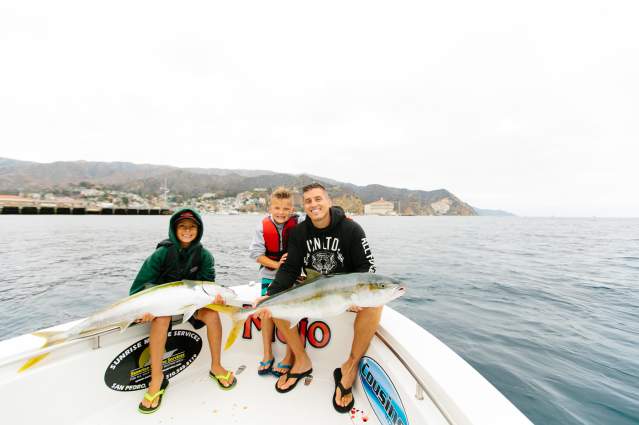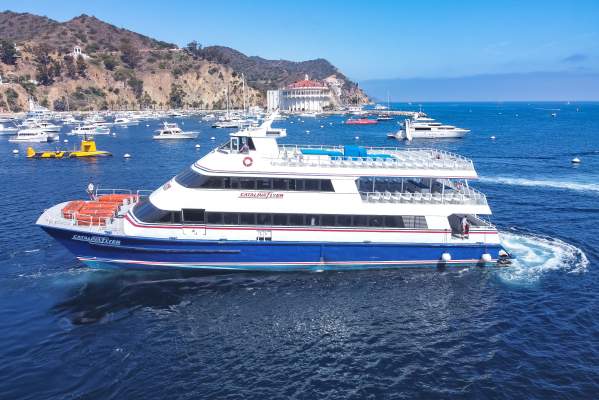Avalon's Bird Park
If you've driven up Avalon Canyon Road on your way to Hermit Gulch or the Botanic Garden, you've passed right by what used to be Catalina Island’s Bird Park. Located across from the Catalina Island Golf Course, the entrance gate and flight cage still stand today. The flight cage, the main structure of the bird, was once located in the spot occupied by the Catalina Island Casino. The structure, 90 feet height by 115 feet in diameter, served as a dance pavilion when the area was known as Sugarloaf Point.
The aviary opened in 1929 and closed in 1966, serving as a popular and free attraction in Avalon for over 35 years. At nearly 8 acres, it cost $400,000 to build and was considered the world’s largest bird park at the time. The facility included a breeding program for endangered species as well as a research facility. Bird Park was home to almost 8,000 birds, hundreds of species, many exotic and rare, from all over the world including penguins, toucans, parrots, peacocks and peafowl. Avalon's Bird Park was the vision of Ada and William Wrigley, Jr., owners of Catalina Island, who were both avid bird lovers.
Not only was Bird Park a favorite of visitors, it was a player in a major Hollywood film. The sound team for MGM's "The Wizard of Oz" spent time in Avalon in 1939 recording the sounds of many Bird Park's 8,000 birds. The sound crew recorded more than 15,000 feet of bird calls, chirps and singing. The recordings were considered to be most complete collection of bird noises at that time. The recorded bird calls were played at different speeds and in different ways, and then incorporated into many of the film’s scenes, including the spooky sounds of the witch’s Haunted Forest.
Immediately after the attack at Pearl Harbor, Catalina Island closed to visitors and was occupied by U.S. military forces for the remainder of WWII. After the war, visitation to the island declined, and the Santa Catalina Island Company decided to close the famed Bird Park in 1966. The birds were moved off the island and many found a new home at the Los Angeles Zoo, which opened the same year.
Explore the Island
Submarine & Inside Land Tours
Catalina Adventure Tours
Book Direct & Save! Tours offered multiple times daily, Submarine tours depart from Green Pier & Inside Land Tours from the Mole.
$10 Off Catalina Island Ferry
Onboard Catalina Flyer
Hop onboard the Catalina Flyer for daily ferry service from Newport Beach to Avalon, Catalina Island in just over 1 hour.












